WE PLANT TREES FOR YOU
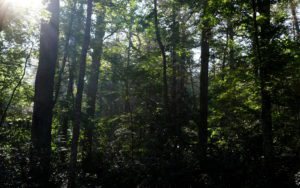
Image: Joyce Kilmer Memorial Forest by Ken Thomas,9/7/2006, public domain
As a builder of fine, hardwood, college chairs in Northeastern Ohio, Alumni Chairs LLC uses woods harvested and milled by local sawmills in Northeastern Ohio. Those mills source their logs from nearby forests. As a way of sustaining our sources of wood and to restore and preserve some of the forests of Northern Ohio, we have teamed up with one of our key builders in Holmes County, Ohio to plant trees that will restore those forests.
FOR EVERY ALUMNI CHAIR THAT YOU ORDER,
WE WILL PLANT FIVE TREES!
Yes, we are planting five trees for every chair that we build. Now, that may sound like a lot of trees, and it is. In order to develop a mature forest requires tens of thousands of trees and a lot of time. Our partners in Holmes County, Ohio plant thousands of trees in their tree farms in addition to trees planted on behalf of farmers and landowners who have acreage that they wish to restore to forest. Of the thousands of seedlings that are planted, only a small percentage of stronger specimens will thrive as the less hardy will not survive. That smaller group of successful trees will still number in the thousands, and, in 100 years they will have created a beautiful, new, mature forest.
Few of us will likely be around in 100 years to enjoy these new forests, but future generations will be able to value these woods and preserve them for their families and future generations. The trees that we grow are also beneficial to myriad wildlife through the food, shelter, and healthy environment that the forest provides.
TREE SPECIES
What types of trees do we plant? First, consider if you allow a field go to seed naturally and develop naturally. Such a field will receive seeds from the wind-blown seeds like maple and other trees. Other tree seeds are spread by birds, squirrels and other animals. This passive, natural method of forestation sounds attractive, but is slow and will propagate an irregular selection of trees. Another method is to actively select tree species and to plant thousands of seedlings at once. The advantage is that all trees begin life nearly simultaneously and those that survive will likely mature together.
Alumni Chairs has chosen to plant five species of trees:
All of the above species above represent woods that we use in our Alumni Chairs, and all of these trees are particularly beneficial to wildlife. To be sure, other sponsors of trees choose to plant other tree species, and, all together, there are many species represented for a healthy, diverse mix of trees in any restored area.
Alumni Chairs has been building chairs in Amish country of Northeastern Ohio since 2007. Through our suppliers, we have been indirectly taking hardwood timber out of the woods and forests of Northern Ohio for many years, and we have found a way to give back and help future generations to enjoy these valuable, natural resources.
HOW WE PLANT TREES
We plant trees every Spring. We purchase seedlings from nurseries in Michigan, Pennsylvania, and Tennessee. We use a relatively simple but ingenious, mechanized planting device that is pulled behind a tractor. The planter enables the operator to plant each tree (12 inches tall) in a row in a few seconds. The machine parts the soil, the operator places the seedling in the furrow, and the device closes the soil around the tree and tamps down the soil. It’s a simple, elegant, and efficient process. This procedure enables us to plant 3,000 to 4,000 trees in a single day and to be home in time for dinner. We restore forests for renewable wood.
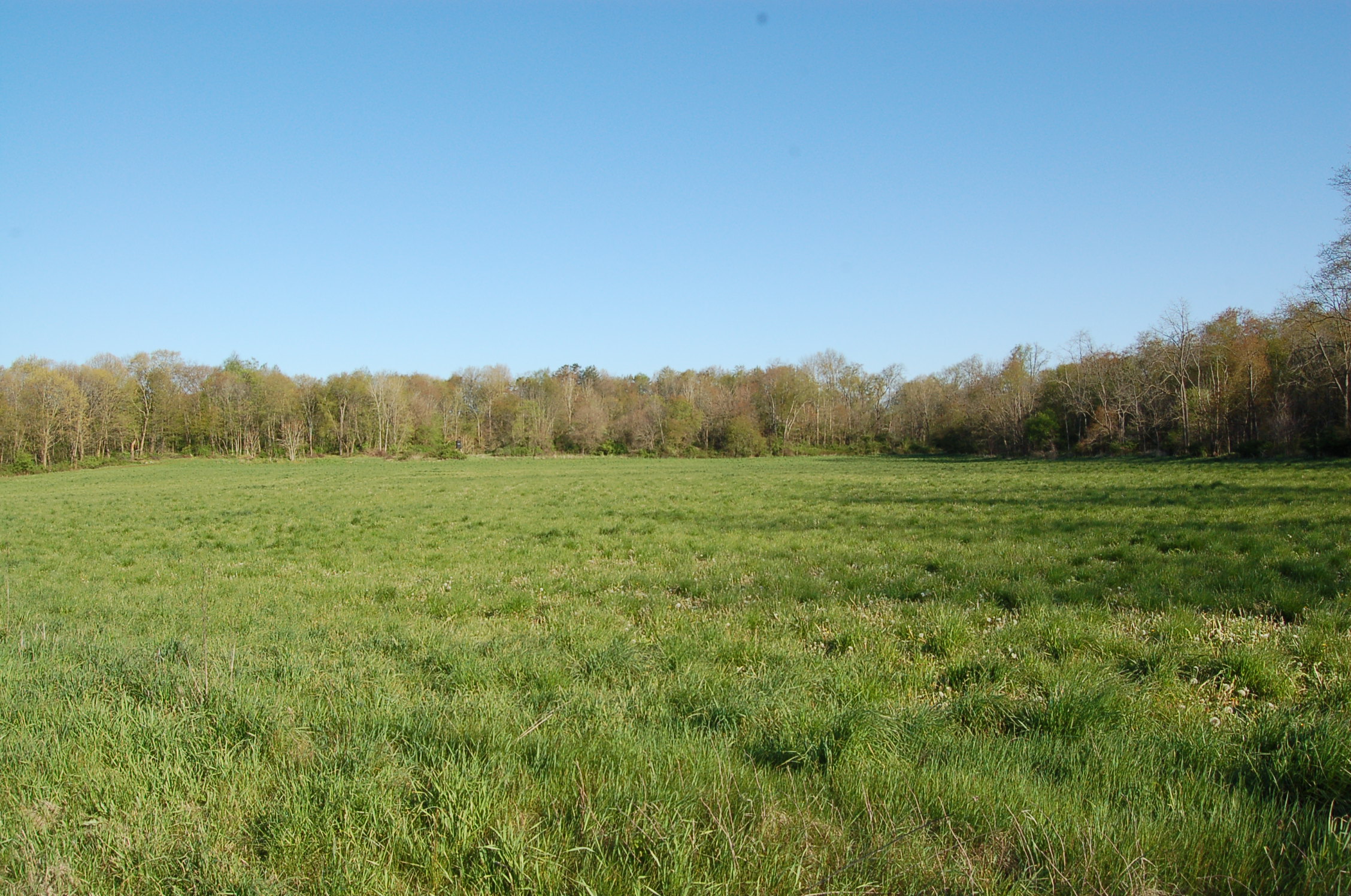
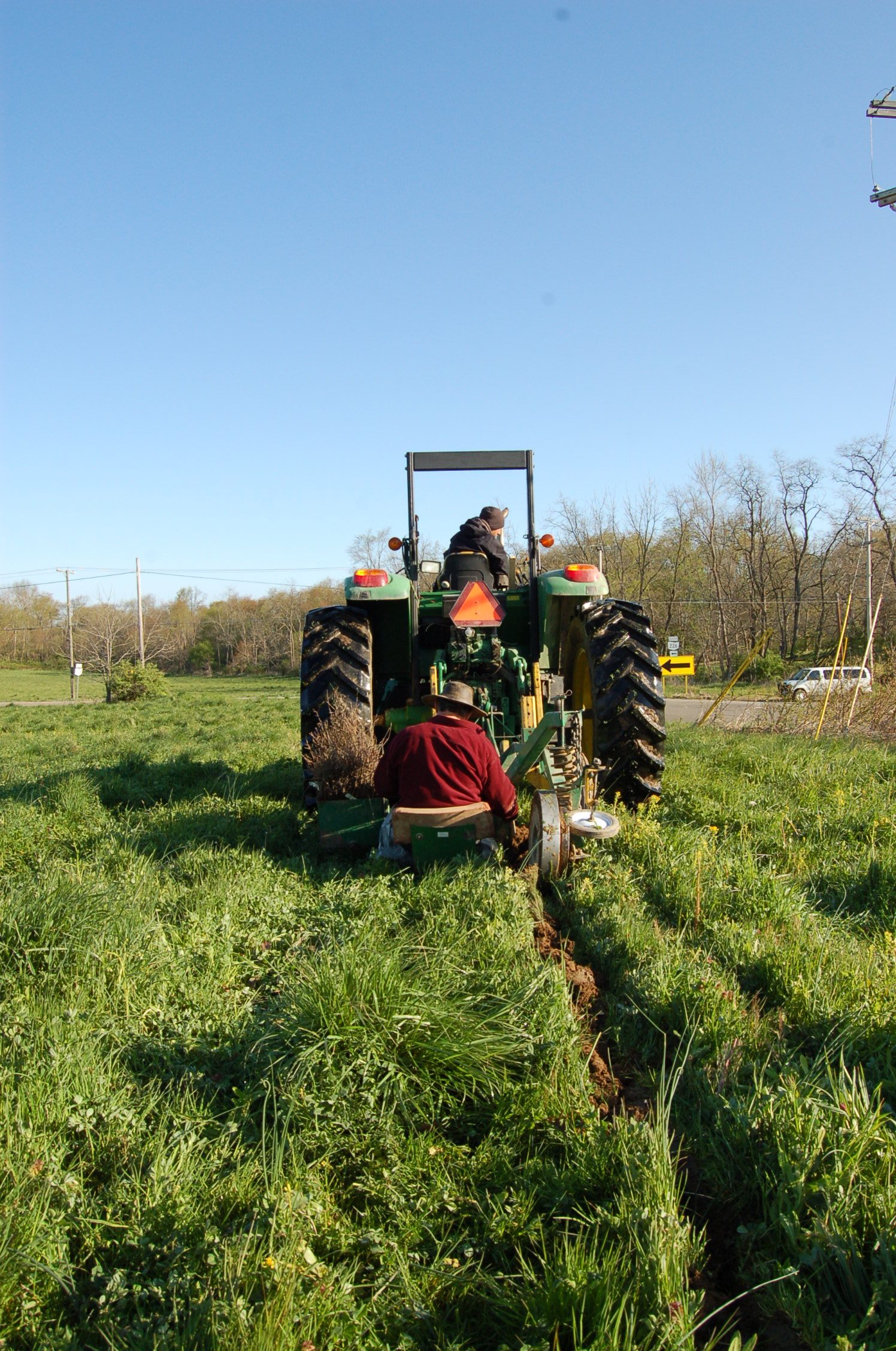
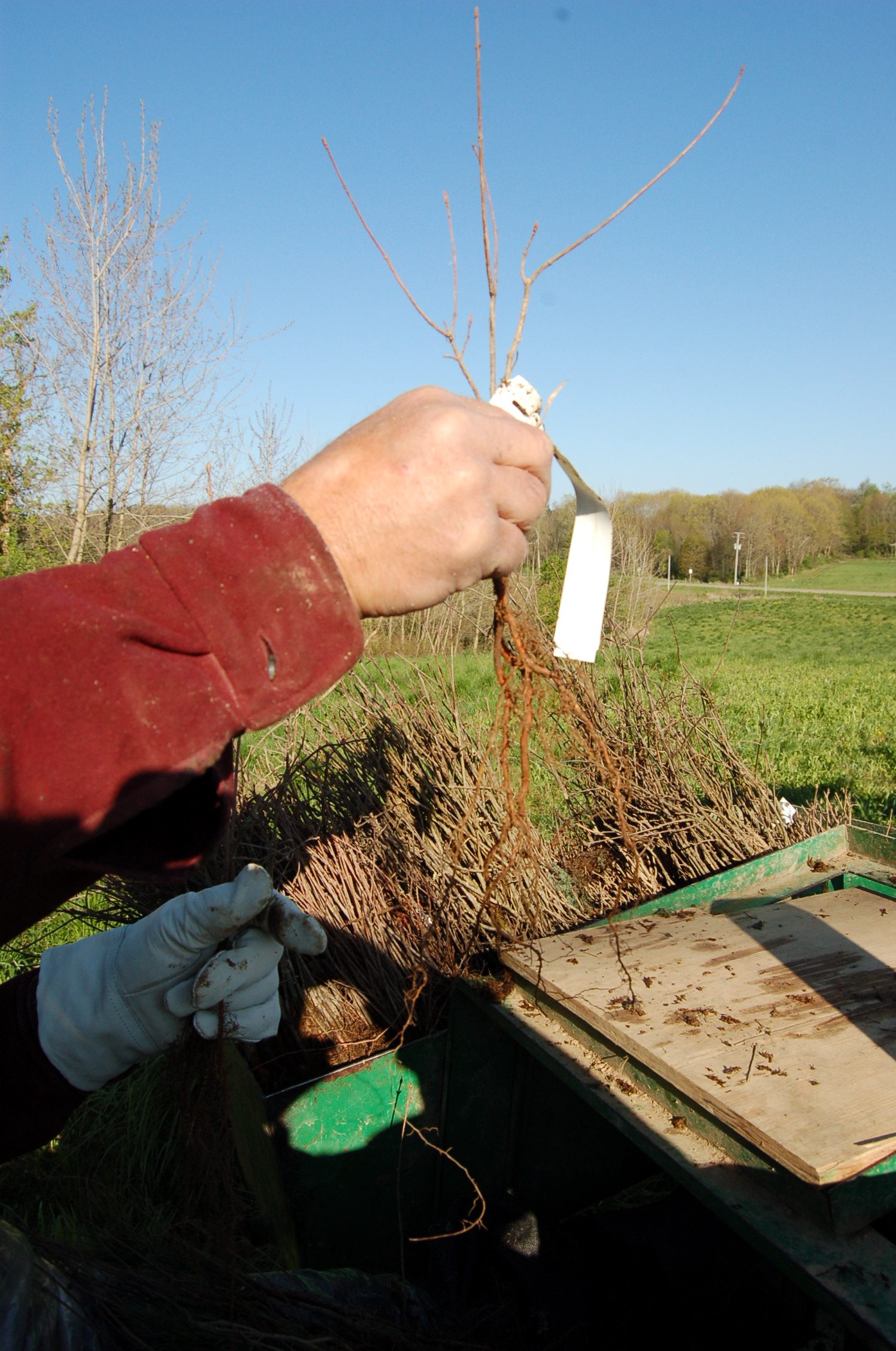

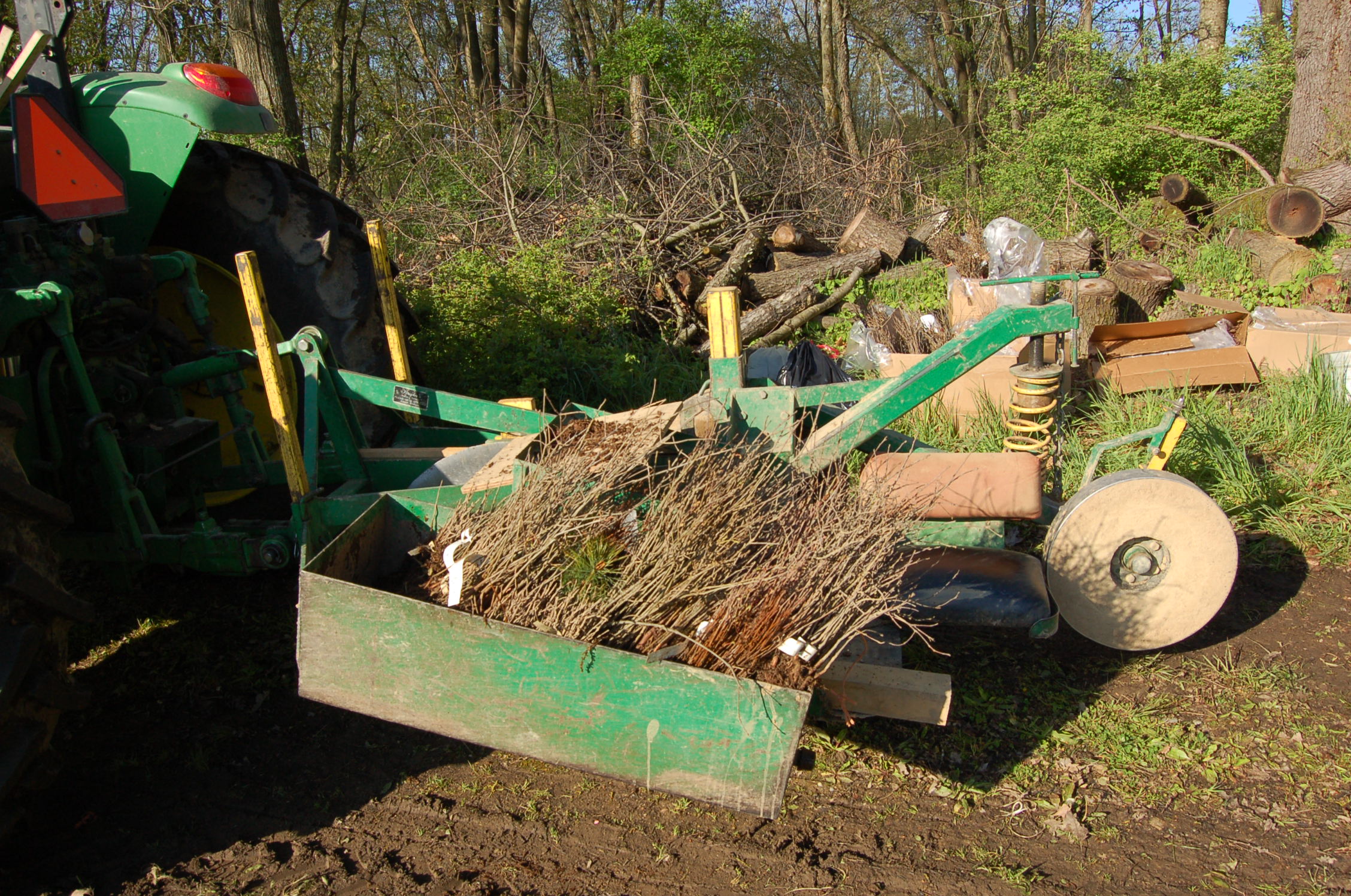
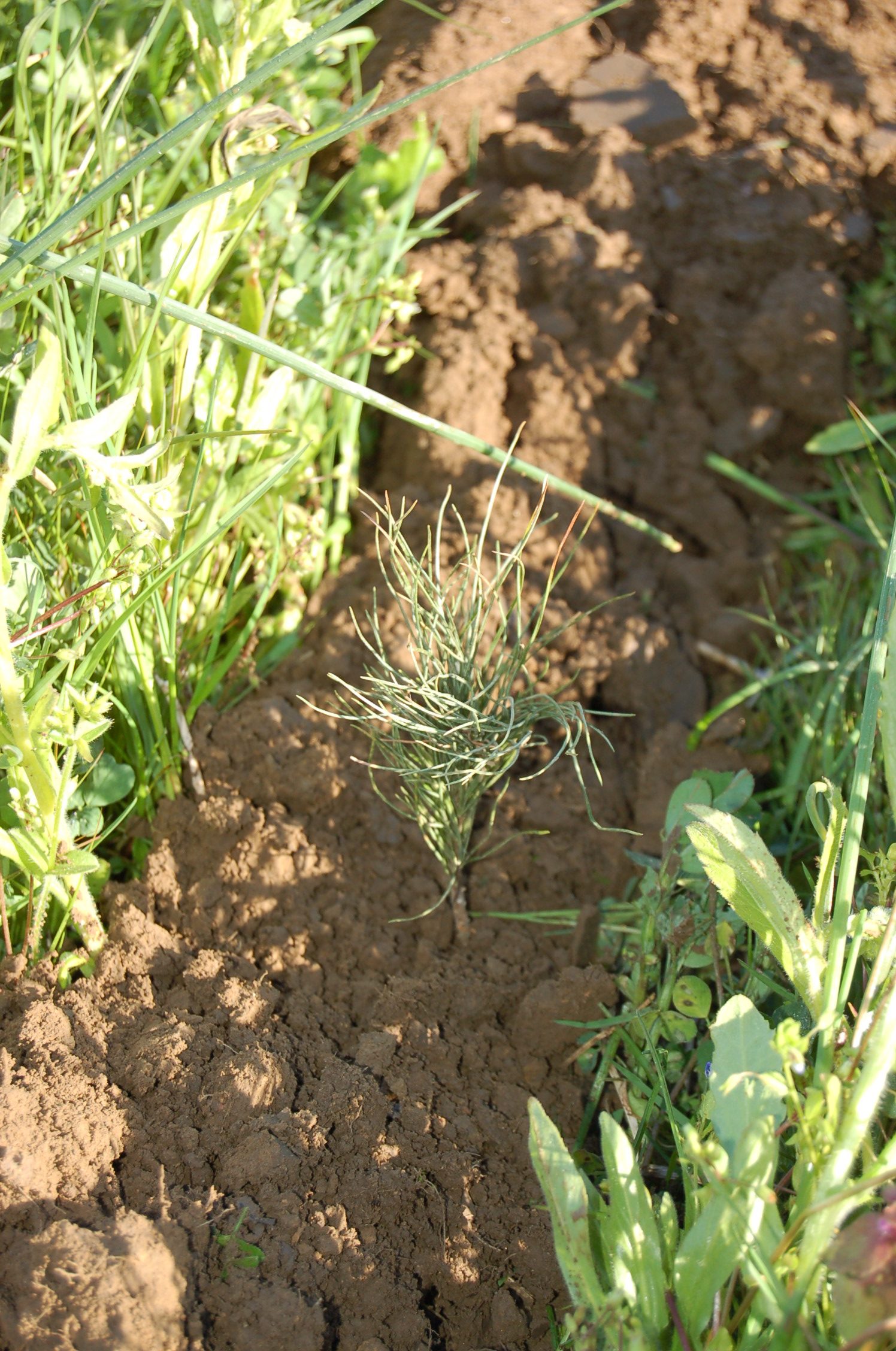
Once planted, the new forest doesn’t require any particular care. Timber managers will sometimes “release” the most desirable trees or thin out the forest at 10 years and 25 years. They may choose the best 40-50 trees that are straight, tall, and of the desired species, and they will fall the competitors. Typically they will leave the fallen trees where they lie to enhance the flora and fauna of the forest. Whereas, in the past, many farmers and uninformed timber owners would remove all of the valuable timber from a forest and leave the less valuable trees, the forest suffered from the mismanagement and poor tree selection. Foresters have learned to harvest both “good” and “bad” timber together. Although “clear cutting” has a negative connation, clear cut areas in Ohio, that have been well-managed previously, can return as very nice, healthy forests.
Our colleagues who plant our trees own multiple tree farms where we plant trees each spring. We typically plant 700-900 seedlings per acre. As the trees grow, many will thrive and many will fail. In time, the strong specimens will continue to thrive and become big, strong trees as the weak ones will fail. The trees will eventually fill out the planted areas at a density that nature determines. Within 25 years, the density of new trees will be between 300 and 400 tees per acre. In 100 years, one can expect to have 60-100 mature trees per acre.
The size of the trees will vary with species, but the trunk of the average tree will be:
- 6 inches in diameter in 10 years
- 12 inches in diameter in 25 years
- 24 inches in diameter in 50 years
In 100 years, the forest will appear like any mature, eastern, hardwood forest with approximately 60 large trees with size of 36-40 inches D.B.H. (diameter at breast height).
Some landowners may prefer to simply abandon a field and let Mother Nature manage the woods. What will develop first are trees with windblown seeds (maple, cottonwood, poplar, and other smaller trees). Weather will also determine which trees take hold, because a cold spring may kill the production of the most vulnerable seeds that would otherwise yield many new starts. Windblown planting may lead to many new seedlings downwind of a particular tree. As a result, forestation primarily by wind tends to create an uneven distribution of trees. Downwind there can be many seedlings but upwind there may be no new starts of the tree in question.
In addition to wind as a medium for seed dispersal-blown, another prevalent means of seeds is wildlife. Birds eat seeds which can pass through the birds and be dispersed in the birds’ droppings. This is why many trees including cherry trees grow on fence rows. The birds eat the cherries, they fly to their favorite fence, the seeds drop below the fence, and some seeds eventually germinate. Oak trees’ seeds (acorns) are carried here and there by squirrels and are buried. Those acorns which are not later retrieved by the squirrel can germinate and start an oak tree.
Planned planting of trees and competent forest management by experienced managers can result in a well-distributed, diverse, healthy forest of straight, tall, and healthy trees.

BENEFITS OF TREE PLANTING
The reasons why we plant trees correspond directly to the many benefits of forests to all of us. The primary reasons why we plant trees and restore forest for renewable wood are the following:
- Aesthetic Enjoyment – Our universal appreciation of the natural beauty of healthy trees and verdant forests.
- Wildlife Habitat – Forests provide shelter, places to find food, breeding grounds, forest restoration attracts new wildlife, animals can contribute to reforestation.
- Timber Production – Hundreds of thousands of non-industrial, forest landowners have the ability to harvest trees from their woods and forests.
- Water Quality – Forests filter and regulate the flow of water due to their leafy canopies that intercept rainfall and reduce storm run-off. Trees also filter pollutants from the soil.
- Air Quality – Producing oxygen and absorbing carbon dioxide; leaves cool air through evaporation and transpiration; leaves capture particulate matter, dust, ash, pollen and smoke; leaves capture pollutants, such as nitrogen oxides, ammonia and ozone.
- Recreation – There are so many ways to enjoy forests including camping, fishing, hunting, mushrooming, and more.
- Sense of Stewardship – Sound forest management can enable landowners to pass on the benefits and enjoyment of forests to future generations.
It’s very clear that the achievement of the goals and reasons for planting trees enumerate the very benefits of planting trees and restoring forests to our lands. Alumni Chairs thanks you for supporting our tree-planting program which is the source of much satisfaction and a deep feeling of stewardship.
If you have any questions about how we plant trees for you, please contact us by calling 866.748.2230. Thank you for your support!
